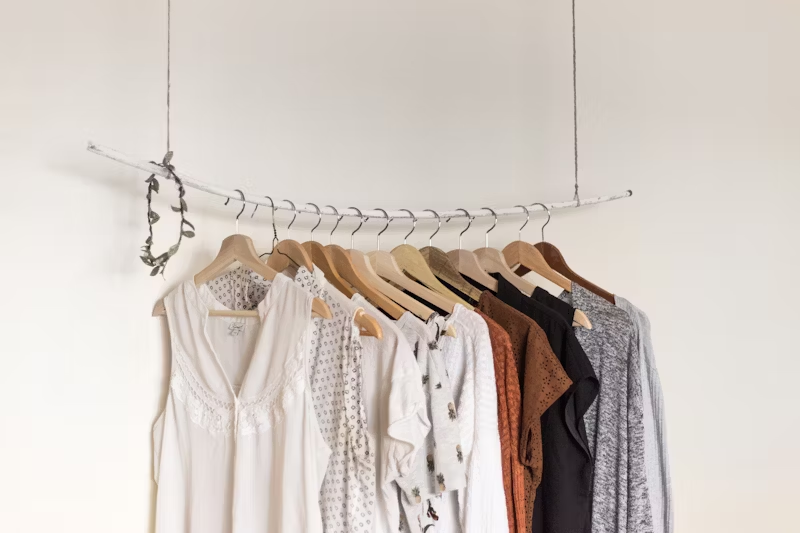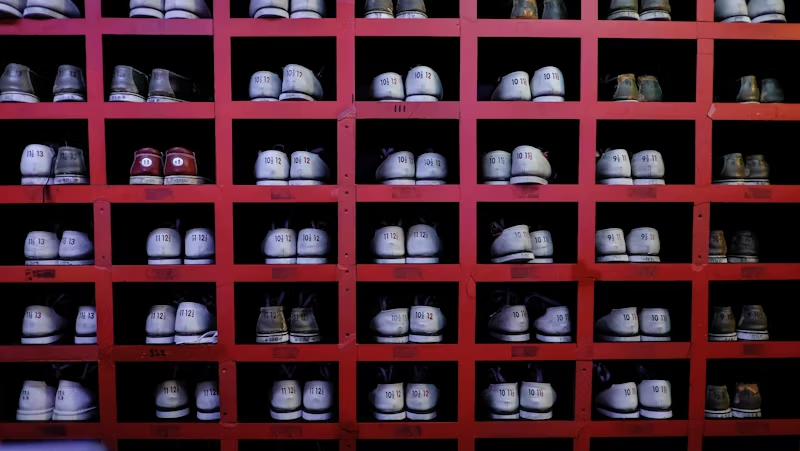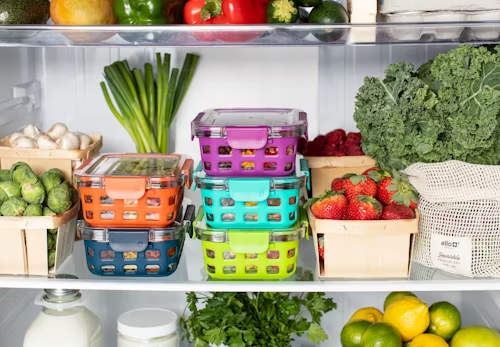Keeping kids’ toys tidy and organized can be a daunting task for parents. With so many toys to keep track of, it’s easy for clutter to quickly accumulate. However, organizing toys doesn’t have to be a stressful experience. By following a few simple tips, parents can create a clutter-free environment that encourages imaginative play and makes clean-up a breeze.
The first step to organizing kids’ toys is to declutter. Go through each toy and decide whether it’s worth keeping or if it’s time to donate or toss it. This process can be overwhelming, but it’s crucial to creating a manageable toy collection. Once you’ve narrowed down the toy selection, it’s time to start organizing.
One popular way to organize toys is by using storage bins or baskets. These can be labeled with pictures or words to make it easy for kids to put toys away in the correct spot. Another option is to use shelving units to display toys and keep them within reach. Whatever method you choose, it’s important to involve your child in the process. By giving them ownership over the organization, they’ll be more likely to keep their toys tidy and in their designated spot.
Understanding Toy Organization
When it comes to organizing kids’ toys, it can be a daunting task. However, with a little bit of planning and effort, it can be a rewarding experience for both parents and children. The following subsections will help you understand the benefits of organizing toys and how to identify different types of toys.
Benefits of Organizing Toys
Organizing toys can have many benefits for both parents and children. Firstly, it can help reduce clutter in the house, making it easier to keep the home clean and tidy. Secondly, it can help reduce stress levels for parents who may otherwise feel overwhelmed by the mess. Thirdly, it can help teach children about responsibility and the importance of taking care of their belongings.
Identifying Different Types of Toys
Toys can be divided into different categories based on their type and size. Some of the most common types of toys include:
Small toys: These include items such as Lego pieces, action figures, and toy cars. They can be stored in small containers or drawers to keep them organized.
Large toys: These include items such as play tents, dollhouses, and large stuffed animals. They can be stored in a designated area in the room or in a storage bin.
Arts and crafts supplies: These include items such as crayons, markers, and paints. They can be stored in a container or drawer with dividers to keep them organized.
Outdoor toys: These include items such as bicycles, scooters, and sports equipment. They can be stored in a designated area in the garage or backyard.
By identifying the different types of toys, parents can determine the best way to organize them and keep them in their designated spaces.
Setting Up Your Toy Organization System
When it comes to organizing kids’ toys, having a system in place is key to keeping things tidy and manageable. Here are some tips for setting up a toy organization system that works for you and your family.
Choosing the Right Storage Solutions
The first step in setting up your toy organization system is choosing the right storage solutions. There are many options available, from toy boxes and bins to shelves and cubbies. Consider the size of your child’s toy collection, the amount of space you have available, and your child’s age and abilities when selecting storage solutions.
For younger children, it may be helpful to choose storage solutions that are easy to access and use, such as open bins or low shelves. For older children, more complex storage solutions, such as modular storage systems or wall-mounted shelves, may be appropriate.
Creating a Toy Rotation System
Another important aspect of a successful toy organization system is toy rotation. This involves periodically putting away some toys and bringing out others, so that your child has a fresh selection of toys to play with and doesn’t become overwhelmed by too many choices.
To create a toy rotation system, start by dividing your child’s toys into categories, such as building toys, pretend play toys, and outdoor toys. Then, select a few toys from each category to leave out for your child to play with, and put the rest away in storage.
Rotate the toys every few weeks or months, depending on your child’s interest and the size of your toy collection. This will not only keep your child engaged and interested in their toys, but it will also help keep your home organized and clutter-free.
By choosing the right storage solutions and creating a toy rotation system, you can set up an effective toy organization system that works for your family. With a little planning and effort, you can keep your child’s toys organized and easily accessible, while also maintaining a tidy and functional home.
Storage Solutions for Various Toys
Keeping toys organized can be a challenge, but with the right storage solutions, it can be a breeze. Here are some best practices for storing various types of toys.
Best Practices for Stuffed Animals and Dolls
Stuffed animals and dolls can take up a lot of space, but there are ways to keep them organized. One effective solution is to use clear bins or storage bins. This allows children to see their toys without having to dig through a pile of stuffed animals. Shelving is also a great option for storing dolls and stuffed animals. It keeps them off the floor and makes them easy to access.
Organizing Smaller Toys and Building Blocks
Smaller toys and building blocks can be challenging to keep organized. One solution is to use storage bins with dividers. This allows children to sort their toys by type and keeps them from getting mixed up. Another option is to use clear bins or storage bins with labels. This makes it easy for children to find the toys they want to play with and helps keep everything organized.
Effective Storage for Games and Puzzles
Board games and puzzles can take up a lot of space, but with the right storage solutions, they can be easy to organize. One effective solution is to use shelving. This keeps games and puzzles off the floor and makes them easy to access. Another option is to store games and puzzles in clear bins or storage bins. This allows children to see what games and puzzles they have without having to dig through a pile of boxes.
Overall, using the right storage solutions can make a big difference in keeping toys organized. Whether it’s using clear bins, storage bins, or shelving, there are many options available to help keep toys tidy.
Maximizing Space in Your Home
When it comes to organizing kids’ toys, maximizing space is crucial. Utilizing hidden storage options is a great way to reduce clutter and make the most of your living space.
Utilizing Hidden Storage Options
One option for hidden storage is to use shelves that are built into the walls. This is a great way to keep toys off the floor and out of sight. Bookcases can also be used to store toys, and they can be placed in corners or against walls to maximize space. An ottoman with hidden storage is another great option for storing toys. It can be used as a footrest or extra seating, and it provides a convenient place to store toys when they’re not in use.
Plastic bins are also a great way to store toys. They can be stacked on top of each other and placed in closets or under beds to save space. Toy boxes and toy chests are also popular options, but they take up more floor space. If you do choose to use a toy box or toy chest, make sure it has a lid to keep toys out of sight.
Innovative Ideas for Living Room Organization
In addition to hidden storage options, there are also innovative ideas for living room organization. One idea is to use a coffee table with built-in storage. This provides a convenient place to store toys, books, and other items, while also serving as a functional piece of furniture. Another idea is to use a storage bench or window seat. These can be used to store toys and other items, and they also provide extra seating.
Finally, consider using storage cubes or baskets. These can be used to store toys, blankets, and other items, and they can be stacked on top of each other to save space. They also come in a variety of colors and styles, so you can find ones that match your decor.
By utilizing hidden storage options and innovative ideas for living room organization, you can make the most of your space and keep your home clutter-free.
Maintaining an Organized Toy Environment
Once the toys are organized, it is important to maintain an organized toy environment. This helps to keep the play area clean and safe while also teaching children about responsibility. Here are some tips for maintaining an organized toy environment.
Daily Routines for Toy Management
Parents can encourage their children to participate in daily routines for toy management. For example, children can be taught to put away toys after they are finished playing with them. This can be done by creating a designated area for each type of toy. For instance, a shelf can be used for books, a bin for stuffed animals, and a drawer for art supplies.
Another way to maintain an organized toy environment is to establish a clean-up routine. This can be done by setting aside a specific time each day for cleaning up the play area. Children can be encouraged to participate in this routine by making it fun. For example, parents can set a timer and challenge their children to see how quickly they can clean up their toys.
Involving Kids in Organizing and Decluttering
Teaching children about organizing and decluttering can be a valuable life lesson. Parents can involve their children in the process by asking them to help with purging and donation. Children can be taught to identify toys that they no longer play with or have outgrown. These toys can then be donated to a local charity or given to a friend.
Parents can also involve their children in the process of organizing new toys. This can be done by teaching children to put away new toys in their designated areas. Parents can also encourage their children to take responsibility for their toys by teaching them to keep their play area clean and organized.
Overall, maintaining an organized toy environment is an ongoing process that requires effort and dedication. By establishing daily routines for toy management and involving children in organizing and decluttering, parents can create a safe and enjoyable play area for their children.



